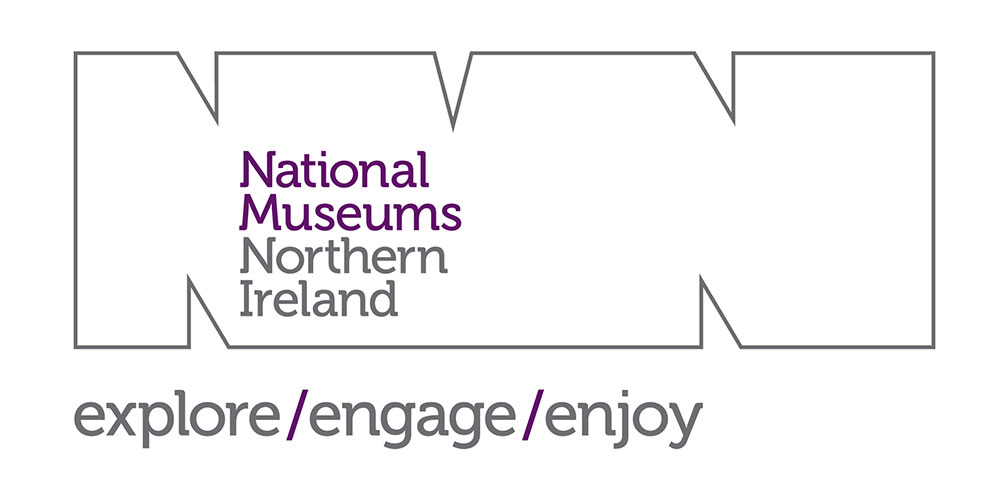The Phonology of an East Antrim Dialect*
Robert J. Gregg
1 Foreword
In this thesis an attempt is made to analyse phonetically the living dialect of the Glenoe district in East Antrim and on this basis to sketch the phonological development of the Middle English sounds which have given rise to the phonemes of the present day speech.
By way of introduction the physical setting and ethnic background of the dialect have been outlined so as to give some idea of its original sources and the influences that have been brought to bear on it since its establishment in the early 17th century.(1)
The conclusion sums up the salient features, phonetic and phonological, which would be most likely to establish the external affinities and relationships of the dialect with respect to other areas in Ulster and Great Britain.
The more immediate stimulus to the writing of this thesis was the Belfast Naturalists' Field Club Survey, which will lead to the publication of an Ulster Dialect Dictionary. It is hoped that this first attempt at an historical phonology of an Ulster rural dialect will be a help to those engaged in the Survey and may perhaps encourage similar studies for other districts. In a wider field it may be of interest to those researching at the present time on Scottish and English dialects, for conservative Ulster is in many ways a linguistic museum of 17th-century English and Scottish speech.
In the absence of historical documents no use could be made of 'occasional spellings' to help in the dating of sound changes and thus great stress is placed on direct observation of the dialect. My claim to speak with authority on the speech of the Glenoe district is based on a life-long familiarity with it. My mother was born in the village itself and till her marriage spent the greater part of her life on Glenford farm at the Glynn end of the valley where my aunt Mrs. M. McDowell still lives. My grandmother was born and brought up immediately above the village at Carneal, where my great-aunt Miss M. Craig (aged 94 years) is still resident. My aunt Mrs. E. Paisley, formerly of Craiganee on the eastern rim of the valley, now lives at Templecorran House between Beltoy and Ballycarry. These contacts give me a complete conspectus of the whole area. As a child I heard the dialect spoken during frequent visits of relatives from the country and myself learned to understand and speak it when staying with my grandparents at Glenford every summer over a period of many years. My linguistic curiosity was early aroused by the sharp contrasts between the Local Modified Standard English(2) of my native town of Larne and the speech of the countryside.
These bilingual comparisons have always been discussed with interest in my own family, and with the help in particular of my mother and my brother, Mr. T. F. Gregg, I have been collecting systematically a great deal of phonological and lexical material since my student days almost 25 years ago, when I first attempted to apply my knowledge of phonetic theory to the problems of representing Ulster dialect sounds.
In connection with the time factor I have observed that there has been little or no phonetic change between the generation of my grandmother, who died last year at the age of 96, and that of the youngest speakers to-day. On occasions, however, I have cited forms now obsolete, but clearly remembered by my mother and my aunts as having been used by their old Uncle Alexander McDowell, who was born some 120 or 130 years ago. His speech seems on the whole to have been identical with that now current, but it had evidently a few distinctive features in vocabulary and pronunciation(3) now totally lost but representative of the dialect as it was spoken in his youth. This extends my range to the early years of the 19th century. During the 17th century, when Scottish and English planters were settling in county Antrim in new communities alongside the native Irish who remained, it seems likely that each group would have spoken its own language or dialect for a considerable time in a relatively pure, unmixed form.(4) Thus the 18th century is left as the probable period when the blending and levelling took place of Irish, English and Scottish features which is apparent at the present day.
Foreword | Introduction | Phonetics | Vowels | Long Vowels | Consonants | Conclusion | Notes

